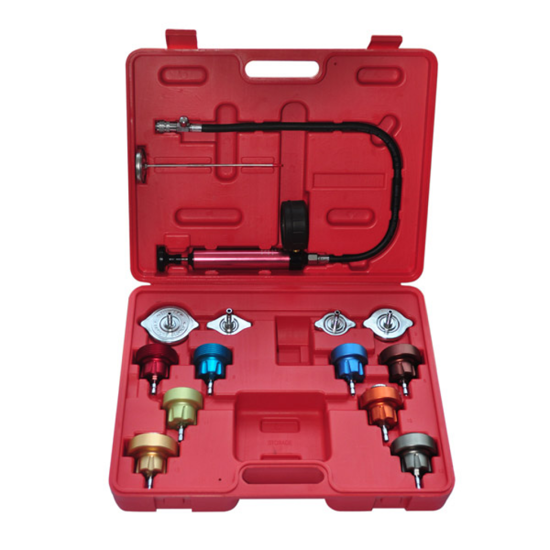

Always ensure the overflow tank is also in good working condition. A bad cap will delay or quickly release the coolant which will cause overflow to happen. Overflowing Reservoir:Īs the pressure occurs the coolant expands and the pressure cap allows some portion to flow into an external reservoir tank. The problem is known for the cap leaking under pressure or intermittently. This is another way to know the radiator pressure cap is faulty, just check for these white streaks. White Streaks on Radiator:Ĭoolant leakage from the radiator filler neck often leaves a white streak when it dries. The cap should be checked on a regular basis to avoid such problems. this issue can be obvious, a DIYer would be able to replace the pressure cap and even some leak parts when such occur. This will lead to a leak or burst of the cooling system components. When the radiator cap gets stuck, the pressure will be built inside the radiator.

They tend to overlook the radiator cap when troubleshooting vehicle cooling systems for overheating. The reason why this article is published is for users and professionals to see the essence of this device. As soon as the radiator cools, a vacuum is created in the system that pulls another spring-loaded valve, sucking water back through the bottom of the overflow tank to replace the water that was earlier saved. In this coolant bleeding, air is not allowed in the arrangement. This allows the hot coolant to escape to an overflow tank through a thin hose. The pressure pushes the valve open when the pressure reaches 15 PSI. The spring on the cap determines the maximum pressure in the cooling system. In the whole coolant system, the cap is the only place where this pressure can escape. The fluid in the cooling system expands when it heats up, causing the pressure to build up. The boiling point of water increases when the water experience pressure. The device is actually a pressure release valve that is set to 15 PSI on a car. This is done in the same way a pressure cooker increases the boiling temperature of the water. The working of radiator pressure caps is considerably easy to understand as they increase the boiling point of the coolant. All these will be explained in the working principle. Its functional parts include a spring, valve, thin rod, and flat rubbers. The components of a radiator pressure cap consist of a shaped tin metal sheet at the top. Ensure 5o/5o water and anti-freeze agent are used. it should be periodically inspected and considered a replacement if it fails. The pressure cap is an important component of the proper working of an engine.The coolant in the external reservoir will be pulled back, leaving no room for air.The air in the system will cause poor cooling and cause corrosion to the cooling system components. The radiator pressure cap prevents the trapping of air in the cooling system.This is to keep a proper amount of coolant in the radiator when it expands. Because liquid expands as it gets hotter, the pressure cap allows coolant to escape to a reservoir tank when it expands.A radiator pressure cap keeps the system pressure at 16 PSI, which avoids the coolant from boiling off even when it gets hotter considerably.Functions of Radiator Pressure Capsīelow are the functions of radiator caps in automotive engines: The radiator cap actually increases the boiling point of the coolant by about 45 F. The boiling point of the coolant is about 212 degrees F which will raise when it’s under pressure. As the temperature of a coolant increases, it will begin to boil eventually and then turn into vapor. The caps on containers serve as cover that keeps the liquid in, but not just that. The radiator is a reservoir that carries the hot coolant in order to be cool before returning to the engine for cooling. A radiator pressure cap is a small mechanical device that helps to control the pressure of the hot coolant in the radiator.


 0 kommentar(er)
0 kommentar(er)
